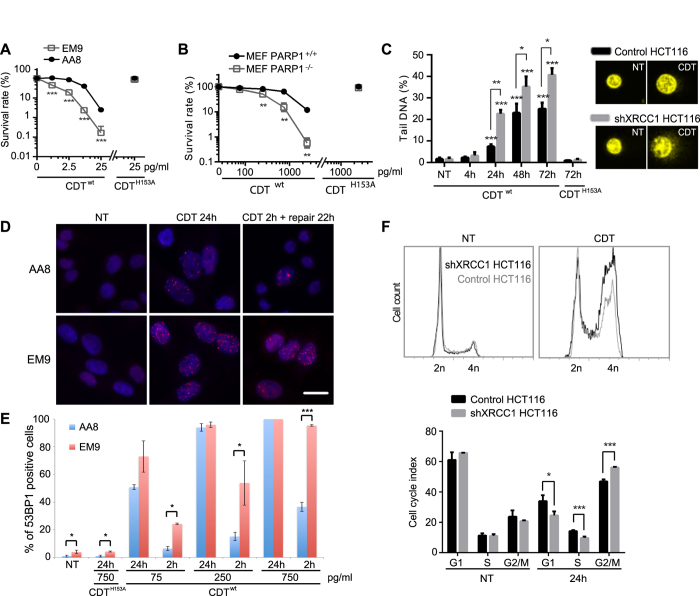Figure 3. SSBR is essential in the response and repair of CDT-induced DNA damage.
(A,B) Clonogenic survival of EM9 (XRCC1−/−) and AA8 (XRCC1+/+) CHO cells (A) or PARP1+/+ (wt) and PARP1−/− MEFs (B) after a treatment with CDTwt or CDTH153A. Results represent the mean ± SD of at least 3 independent experiments. Statistics were calculated by unpaired Student’s t-test (**P < 0.01; ***P < 0.001). Graphs in linear scales are presented in Fig. S9. (C) Alkaline COMET assays on HCT116 control and shXRCC1 cells non-treated (NT) or treated for the indicated times with 25 ng/ml of CDTwt or CDTH153A. Left panel: Tail DNA percentage. Data are the mean ± SD of at least 3 independent experiments. Statistics were calculated by unpaired Student’s t-test (*P < 0.05; **P < 0.01; ***P < 0.001). Right panel: representative images of non-treated cells (NT) or cells treated with 25 ng/ml of CDTwt for 24 h and evaluated with alkaline COMET assays. (D) Representative images of 53BP1 immunostaining in AA8 (XRCC1+/+) and EM9 (XRCC1−/−) non-treated (NT) CHO cells, treated with 75 pg/ml of CDTwt for 24 h or for 2 h followed by a 22 h recovery time (repair 22 h). Scale bar = 20 μm. (E) Quantification of AA8 (XRCC1+/+) and EM9 (XRCC1−/−) CHO cells positive for 53BP1 foci formation after CDTwt or CDTH153A exposure at the indicated doses for 24 h or for 2 h followed by a 22 h recovery time (2 h). NT: non-treated cells. Data are expressed as the mean ± SD of at least 3 independent experiments. Statistics were calculated by unpaired Student’s t-test (*P < 0.05; ***P < 0.001). (F) Cell cycle analysis by flow-cytometry of HCT116 control and shXRCC1 cells non-treated (NT) or exposed for 24 h to CDTwt (0.75 ng/ml). Upper panel: Graphs show the cell cycle profiles obtained for one representative experiment. Lower panel: Cell cycle index. Data represent the mean ± SD of at least three independent experiments. Statistics were calculated by unpaired Student’s t-test (*P < 0.05; ***P < 0.001).

